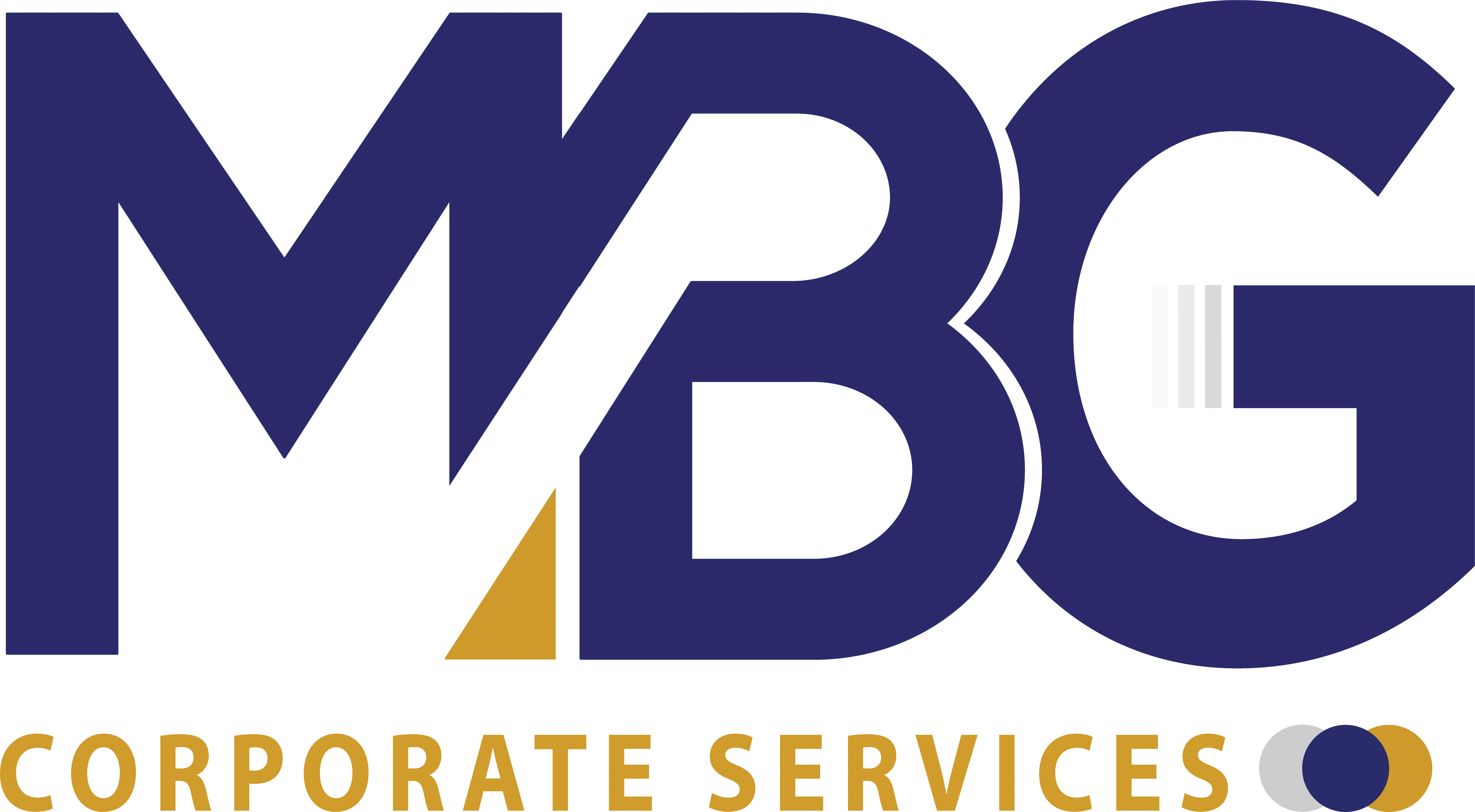Computer Assisted Audit Techniques (CAATs) – Modern Audit Tool

Computer-assisted audit techniques (CAATs) is a growing field within the IT audit profession. CAATs is the practice of using computers to automate the IT audit processes. It normally includes using basic office productivity software such as spreadsheet, word processors and text editing programs and more advanced software packages involving use statistical analysis and business intelligence tools.
The traditional method of auditing allows auditors to build conclusions based upon a limited sample of a population, rather than an examination of all available or a large sample of data. Whereas CAATs, addresses these problems. CAATs, as it is commonly used, is the practice of analyzing large volumes of data looking for anomalies. A well designed CAATs audit will not be a sample, but rather a complete review of all transactions. Using CAATs the auditor will extract every transaction the business unit performed during the period reviewed. The auditor will then test that data to determine if there are any problems in the data.
Traditional audit vs CAATs on specific risks
Another advantage of CAATs is that it allows auditors to test for specific risks. For example, an insurance company may want to ensure that it doesn’t pay any claims after a policy is terminated. Using traditional audit techniques this risk would be very difficult to test. The auditor would “randomly select” a “statistically valid” sample of claims (usually if any of those claims were processed after a policy was terminated. Since the insurance company might process millions of claims the odds that any of those 30–50 “randomly selected” claims occurred after the policy was terminated is extremely unlikely.
Using CAATs the auditor can select every claim that had a date of service after the policy termination date. The auditor then can determine if any claims were inappropriately paid. If they were, the auditor can then figure out why the controls to prevent this failed. In a real life audit, the CAATs auditor noted that a number of claims had been paid after policies were terminated. Using CAATs the auditor was able to identify every claim that was paid and the exact dollar amount incorrectly paid by the insurance company. Furthermore, the auditor was able to identify the reason why these claims were paid. The reason why they were paid was because the participant paid their premium. The insurance company, having received a payment, paid the claims. Then after paying the claim the participant’s check bounced. When the check bounced, the participant’s policy was retrospectively terminated, but the claim was still paid costing the company hundreds of thousands of dollars per year.
Which looks better in an audit report:
“Audit reviewed 50 transactions and noted one transaction that was processed incorrectly”
or
“Audit used CAATs and tested every transaction over the past year. We noted XXX exceptions wherein the company paid YYY dollars on terminated policies.”
However, the CAATs driven review is limited only to the data saved on files in accordance with a systematic pattern. Much data is never documented this way. In addition saved data often contains deficiencies, is poorly classified, is not easy to get, and it might be hard to become convinced about its integrity. So, for the present CAATs is complement to an auditor’s tools and techniques. In certain audits CAATs can’t be used at all. But there are also audits which simply can’t be made with due care and efficiently without CAATs.
In the most general terms, CAATs can refer to any computer program utilized to improve the audit process. Generally, however, it is used to refer to any data extraction and analysis software. This would include programs such as data analysis and extraction tools, spreadsheets (e.g. Excel), databases (e.g. Access), statistical analysis (e.g. SAS), generalized audit software (e.g. ACL, Arbutus, EAS), business intelligence (e.g. Crystal Reports and Business Objects), etc.
Benefits of audit software include:

- They are independent of the system being audited and will use a read-only copy of the file to avoid any corruption of an organization’s data.
- Many audit-specific routines are used such as sampling.
- Provides documentation of each test performed in the software that can be used as documentation in the auditor’s work papers.
- Data queries
- Data stratification
- Sample extractions
- Missing sequence identification
- Statistical analysis
- Calculations
- Duplicate transaction identification
- Pivot table-creation
- Cross-tabulation
CAATs Education and Professional Development
CAATs Courses
CAATs is the fundamental tool which is used by the auditors. This tool facilitates them to make search from the irregularities from the given data. With the help of this tool, the auditors and accountant of any firm will be able to provide more analytical results. These tools are used throughout every business environment and also in the industry sectors too. With the help of computer-assisted audit techniques, more forensic accounting with more analysis can be done. It’s really a helpful tool that helps the firm auditor to work in an efficient and productive manner. Working with the CAATs, it is essential for the accountant or the auditor to select the right data, the selection process is very much tricky, and you need to be professional for it. After selecting the right data, import that to the CAATs, now the tool will automatically generate the analytical data. This tool really contributes to the efficiency of the auditors. The fundamental course outline [1] include:- Computer Auditing Overview
- Legal and Ethical Issues for Computer Auditors
- Understanding CAATs
- Computer Auditing Project Planning
- Data Access Skill and Knowledge
- Data Verify Skill and Knowledge
- Data Analysis Skill and Knowledge
- Audit Finding Report Skill and Knowledge


